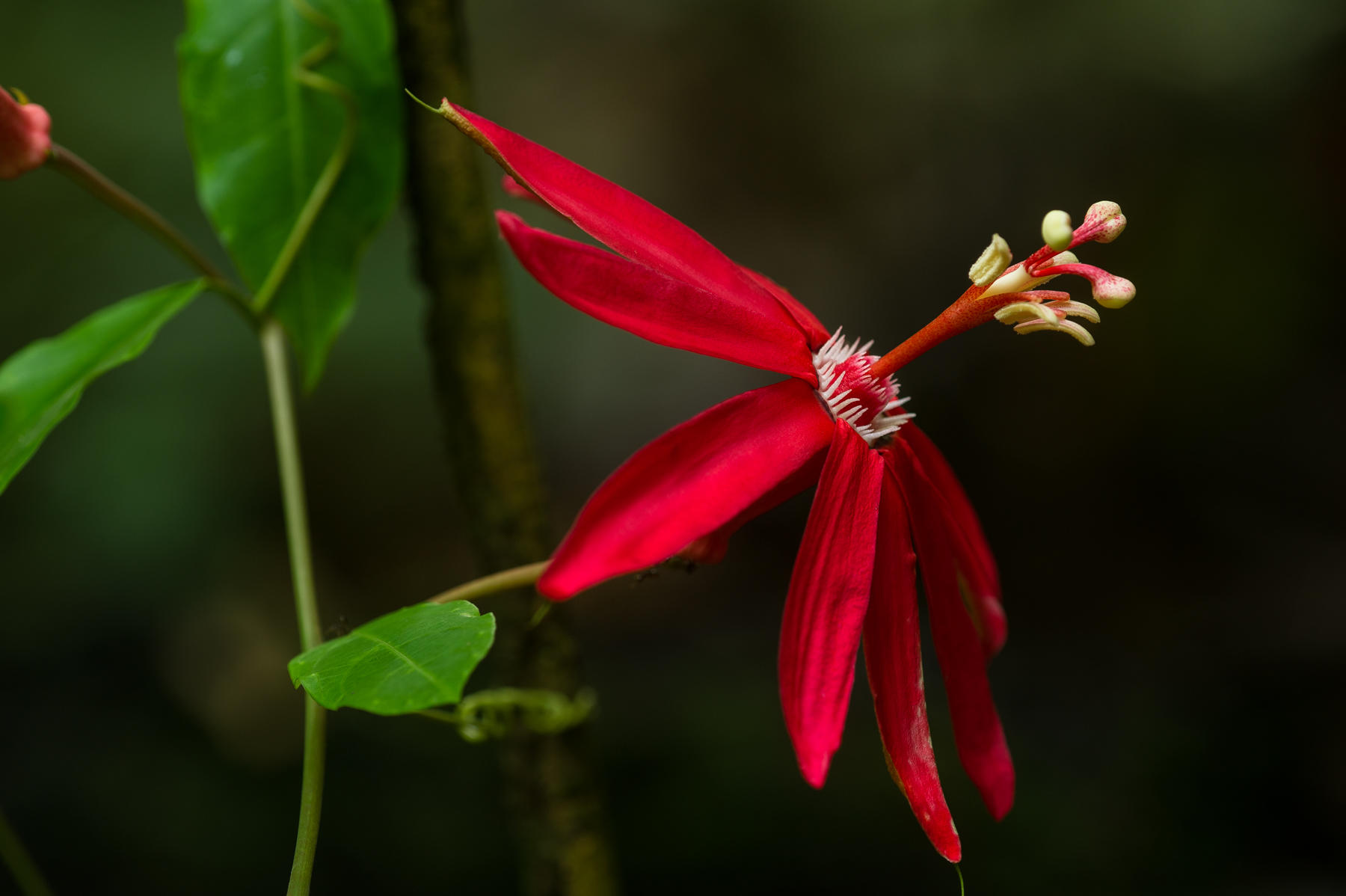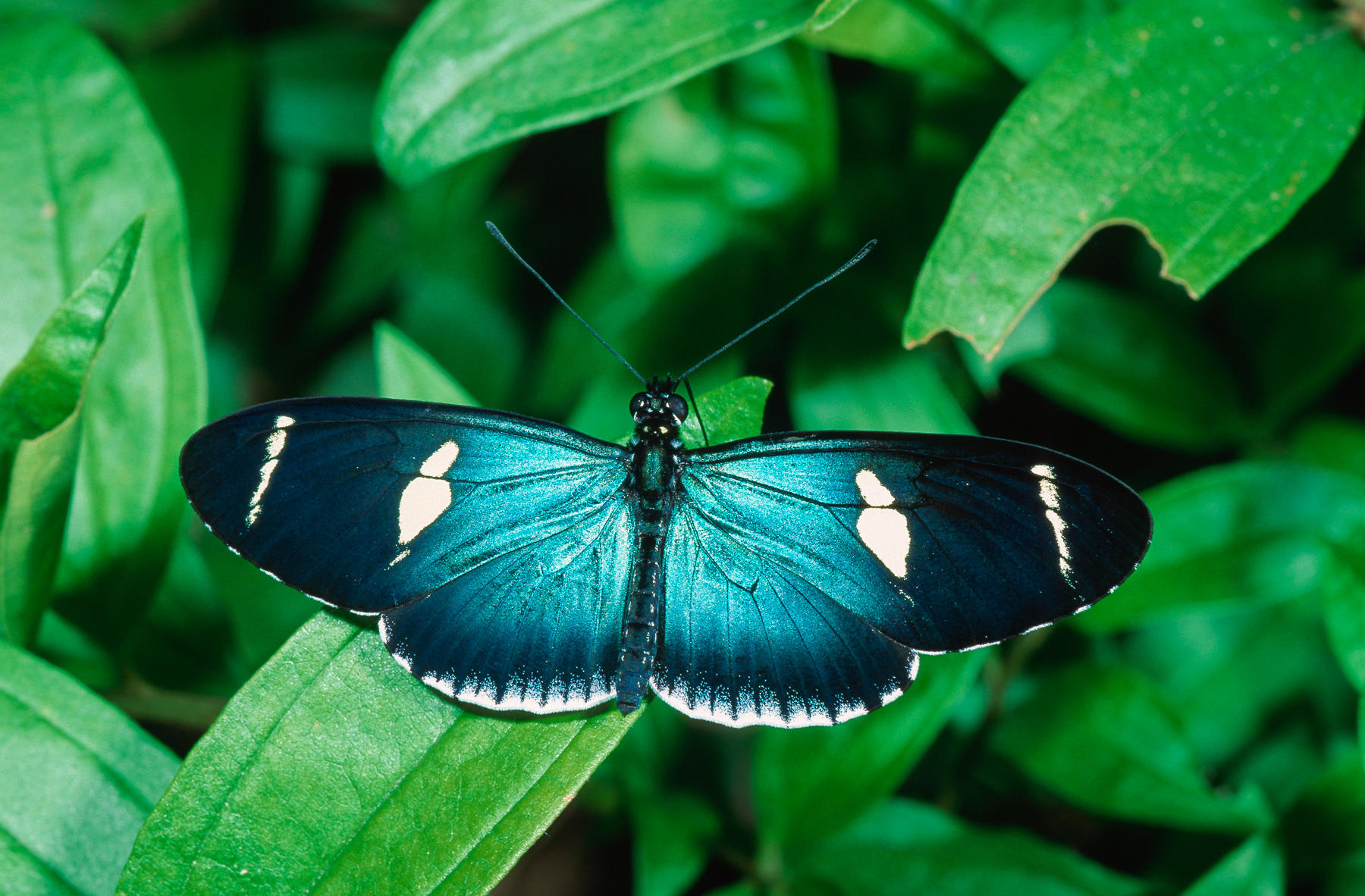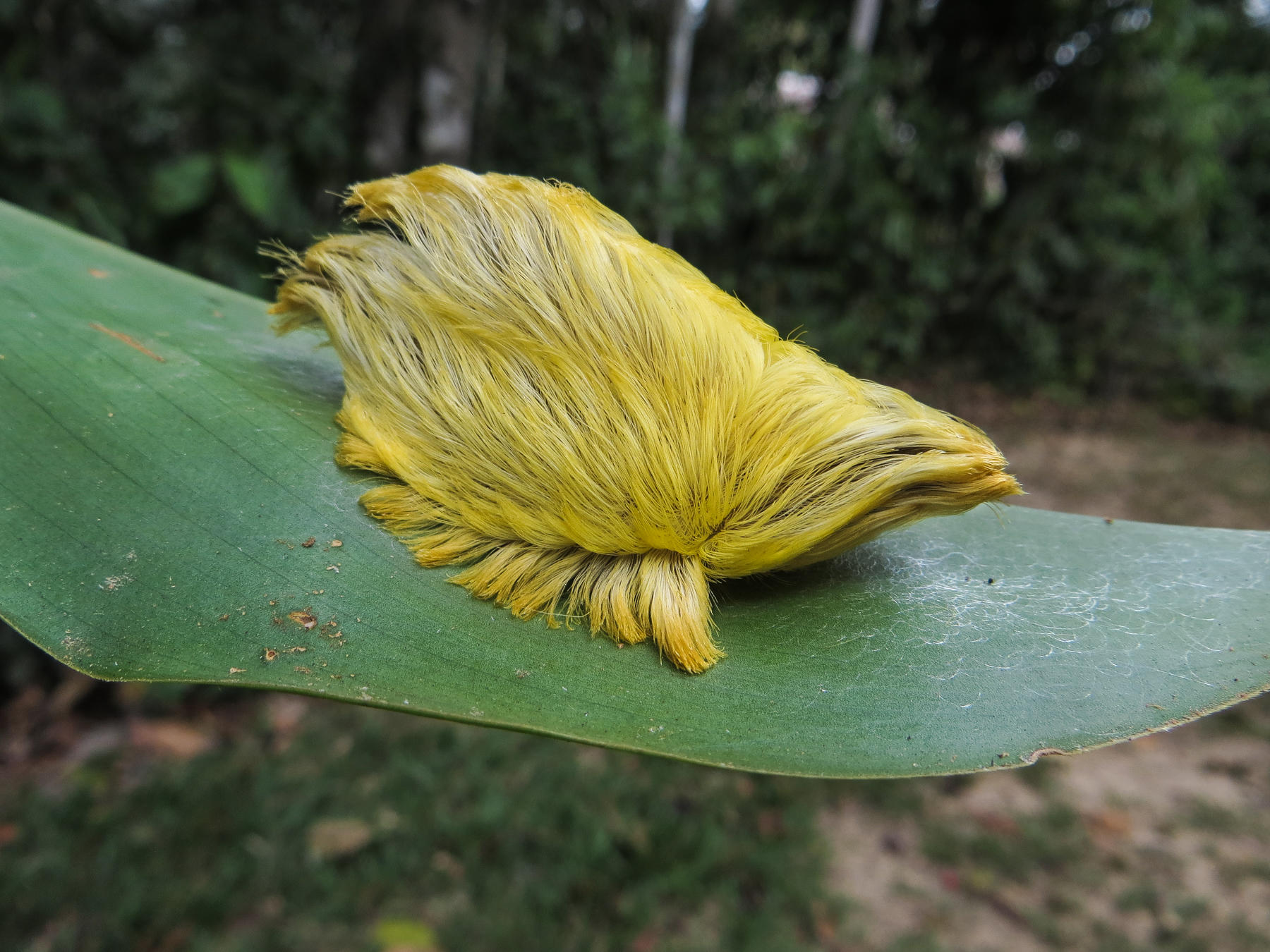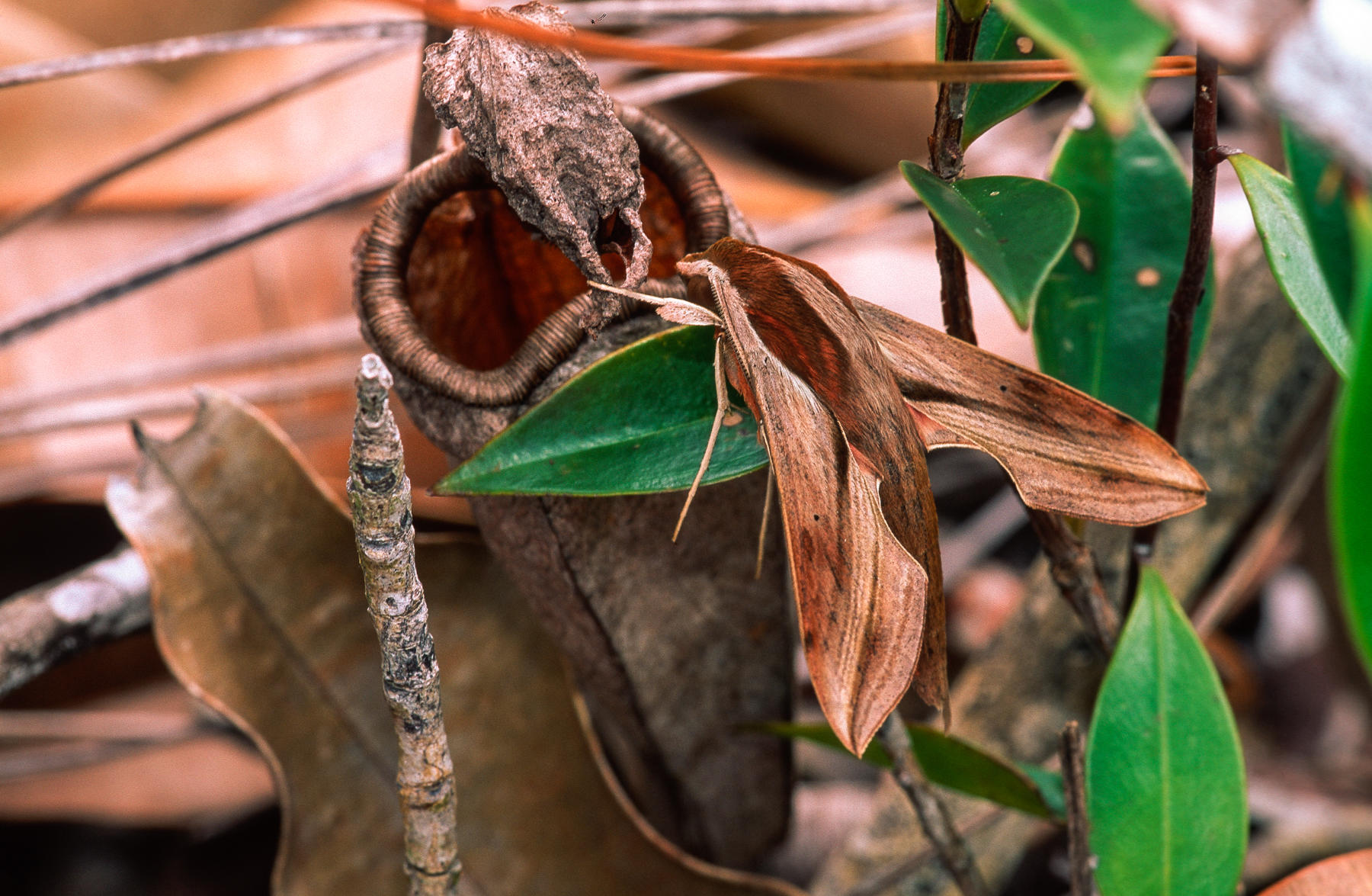You are here
Lesson 2: Caution! Chemical Weapons


When would having a bad odor be an advantage? When it protects you from predators.
The caterpillars of this type of butterfly eats the leaves of a flower called the passion flower. The leaves have chemicals within them that create a very strong, yucky odor. The chemicals build up in the caterpillar’s body until it starts to stink, too. This ability is very helpful because many predators do not like to eat things that smell bad.
Many insects have developed chemical weapons to protect themselves against being eaten. Some can leave behind a smelly trail that pushes predators away. Others eat things that have smelly chemicals in them. The insect, in turn, uses those smelly chemicals as a way of defending itself. These defenses cannot be inherited from their parents. Each new generation of insects must eat the plants that produce the chemicals. However they do it, chemical weapons are a great way for insects to protect themselves and survive in the rainforest.

This may look like a giant ball of fur, but it is actually a flannel moth caterpillar.
Each of these little hairs on this insect are structures called setae. They are each coated with a powerful toxin. They are hollow and have a small poison gland located at the bottom. If you touched them, the hairs would feel a lot like a bee sting. The poison gland pumps the venom up through the setae and out of the tip. Each one can cause a little bit of pain, but when many of them are touched at the same time, it can really hurt!
If the flannel moth caterpillar is so poisonous, how does it not hurt itself? Well, nature has a way of protecting itself. The main function of the toxin made by this caterpillar is to keep predators away from it. Since the caterpillar is not going to attack itself, there is no point in having it be affected by its own poisons. Many animals that create poisons are not dangerous to others of the same kind. This is important when it comes to reproduction. If a male and a female were not able to reproduce because they are dangerous to each other, then the species would not be successful.

Plants also use chemical weapons to defend themselves or to find food. The pitcher plant uses chemicals to digest the food that falls into it.
Here is how it works. An insect, like this moth, comes to the edge of the pitcher plant and falls in. The inside walls of the plant are slippery to keep the insect from climbing back out. Once inside, the insect falls into a liquid that contains many chemicals called enzymes.
While most pitcher plants are small, some of them are large enough to capture frogs, birds, and even snakes! To digest animals of this size, the plants have to produce a lot of enzymes. These enzymes break down whatever falls into the plant. This is just like the enzymes in your stomach that break down the food that enters your stomach. Most animals try to avoid the pitcher plants because they do not want to get eaten. However, there are reports of bats using the plants as places to sleep. The bats are very careful not to come in contact with the enzymes, so they roost under the leaves.
